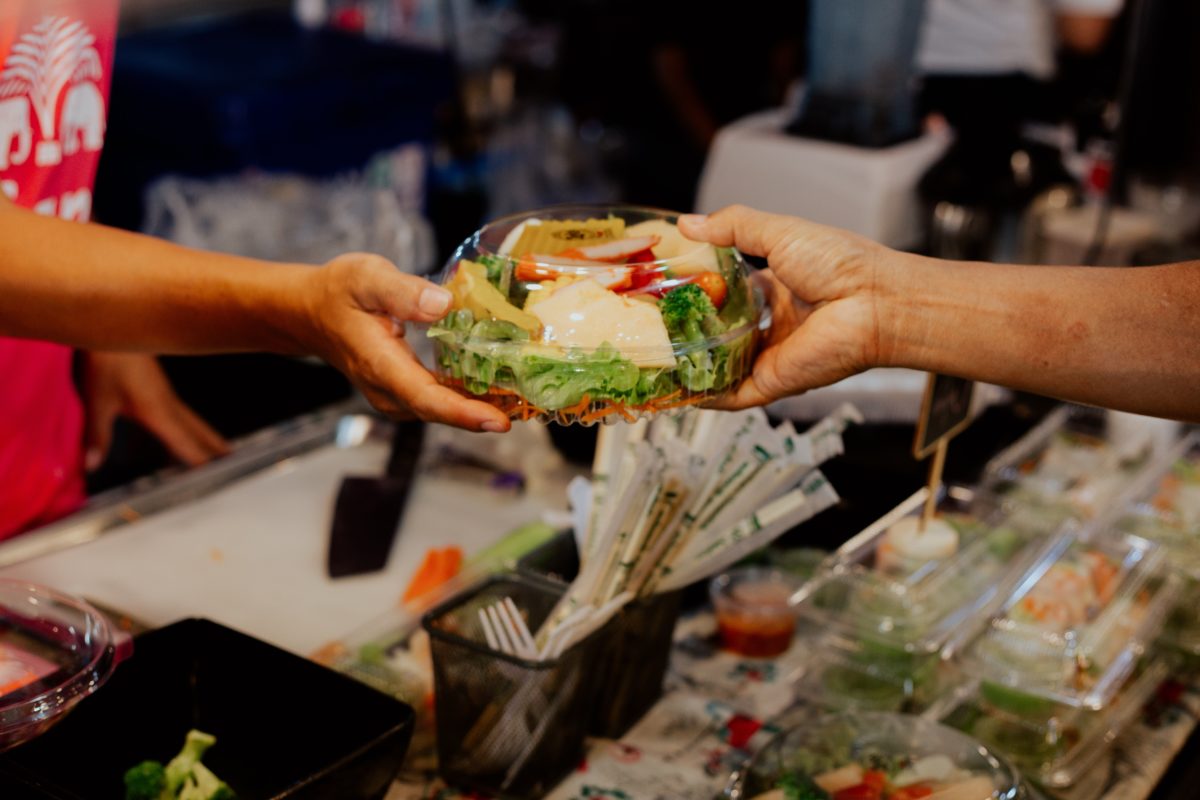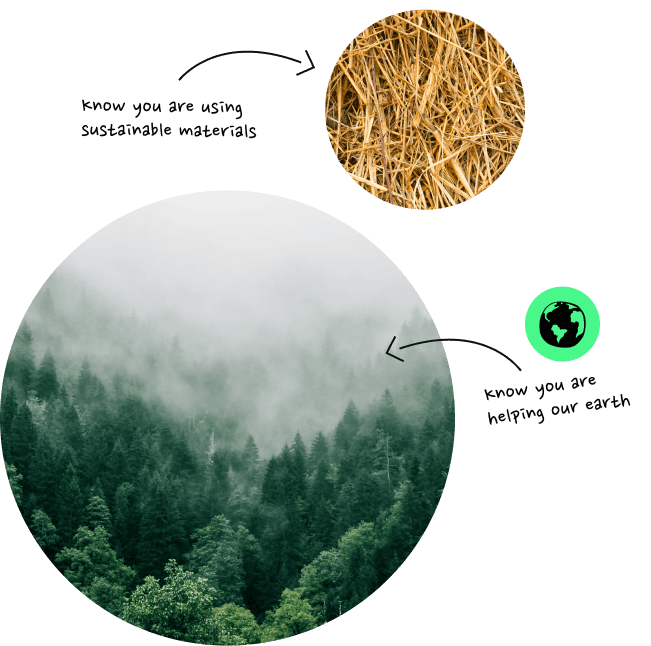In this very special series, we are sharing excerpts from Season 2 of the excellent Red to Green Podcast created by host and future food enthusiast Marina Schmidt. The show features in-depth conversations about the intersection of the food tech industry and sustainability. Season 2, titled ‘Plastic Alternatives’, is dedicated to the world of food packaging with a focus on exploring alternatives to fossil fuel plastic materials and solutions.
How toxic are our plastic products and what impacts does this have?
The below conversation is an excerpt from Red To Green Season 2, Episode 2: Bio-degradable, Compostable, or Recyclable? The Differences and Misconceptions. In this episode, Marina Schmidt, founder of Red to Green Solutions talks to Julia Goldstein the author of the book, Material Value which was a finalist in the 2019 San Francisco writers contest.
Audio transcript by Descript, with edits by Anya Roschke.
Marina: Let’s touch a bit on plastic’s toxicity. I was very shocked to read in your book, how hard it is actually for manufacturers to evaluate the toxicity of different, let’s say ingredients and that attempts to actually create these, red lists of toxic materials have failed.
Could you elaborate a little bit about how toxic the plastic products are that we may use in contact with our food?
Julia: That can be a really difficult thing to determine. And you mentioned these different lists. I interviewed someone who said yes, he looked at a bunch of different lists and there are some things that are obviously toxic like lead cadmium. Everybody agrees, but there’s a lot of things where there are contaminants that will be listed on one list, but not another. How do you really know? And the other question is how much is allowed. There will be government regulations that say you can have a certain amount of a contaminant and then it’s safe, but is it really safe? I think a lot of the trouble is in doing the testing. I mean, it’s definitely possible in a lab to measure what different chemical compounds are in plastic, but quantifying what are the real human health risks? Because in doing studies, there are so many different variables. People are exposed to so many different things in their day to day life.
How do you know that their cancer was caused by some specific thing? That came up with these perfluorochemicals perfluorocarbons. They’re jointly known as PFS chemicals and they’re used in making stuff like Teflon. They were being released into water streams all over and there was a huge many, many years-long legal challenges. To say, can we prove that these illnesses that people had were a result of exposure to these chemicals, even though you could tell, these chemicals were present in at least 10 times larger concentrations than are supposedly safe, but can you prove that their condition was because of that and not something else?
That’s one of the difficult pieces because a lot of the health issues are not the plastic itself, it’s the additives that are put into them, creating the plastic’s toxocity while trying to improve their properties. They make them flow better so they can be more easily manufactured into products. They make them fire-resistant, other types of things that are helpful but are actually dangerous to human health.
“A lot of the health issues are not the plastic itself, it’s the additives that are put into these plastics to improve their properties.”
Julia Goldstein
Is this avoidable?
Marina: Yeah. What would be some tips for individuals who want to avoid the risk of being exposed to plastic’s toxicity and harmful ingredients, things like not heating your plastics or not putting hot food into plastic containers.
Julia: Definitely the issue of heating is one part of it. If you think about a Teflon pan, the Teflon coating itself is inert. The big problem with the contamination was in the process used to make it, but if it’s heated to a very high temperature, it starts releasing some of those compounds.
So that’s definitely part of it, don’t heat it extensively, but sometimes you can just choose not to use that. For example, instead of a Teflon non-stick pan, you can go back to the original nonstick cast iron. Now it’s heavy, cast iron pans are dang heavy, so there are drawbacks that way and you don’t want to just let them soak in water because they’ll rust.
So there are other things you gotta take care of. And some of it may just be choosing not to use plastic to store your food in glass instead of plastic containers.
Marina: What about aluminium or steel?
Julia: I would say stainless steel is great for things like reusable water bottles or I think a lot of us, we’re not used to metal drinking cups. I mean, that’s what people used to have long, long ago, they would drink from metal or glass containers.
I think maybe it’s just a matter of getting used to it.
The Red to Green Podcast is available on iTunes, Spotify, and all popular podcast apps by typing in “Red to Green” in the search bar. Listen to this episode of Red to Green here.
Want more? Check out the whole Red To Green Talks series here.
Lead image courtesy of ‘cottonbro’ (Pexels).






